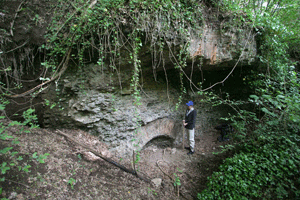“Bread and circuses,”
the poet Juvenal wrote scathingly.
“That’s all the common people want.” Food and entertainment. Or to put
it another way, basic sustenance and bloodshed, because the most popular
entertainments offered by the circuses of Rome were the
gladiators
and chariot racing, the latter often as deadly as the former. As many
as 12 four-horse teams raced one another seven times around the confines
of the greatest arenas—the Circus Maximus in Rome was 2,000 feet long,
but its track was not more than 150 feet wide—and rules were few,
collisions all but inevitable, and hideous injuries to the charioteers
extremely commonplace. Ancient inscriptions
frequently record the deaths of famous racers in their early 20s, crushed against the stone
spina that ran down the center of the race track or dragged behind their horses after their chariots were smashed.
Charioteers, who generally started out as slaves, took these risks
because there were fortunes to be won. Successful racers who survived
could grow enormously wealthy—another Roman poet,
Martial, grumbled in the first century A.D. that it was possible to make as much as 15 bags of gold for winning a single race.
Diocles, the most successful charioteer of them all, earned an estimated 36 million
sesterces
in the course of his glittering career, a sum sufficient to feed the
whole city of Rome for a year. Spectators, too, wagered and won
substantial sums, enough for the races to be plagued by all manner of
dirty tricks; there is evidence that the fans sometimes hurled
nail-studded
curse tablets onto the track in an attempt to disable their rivals.
Read the rest of this article...


